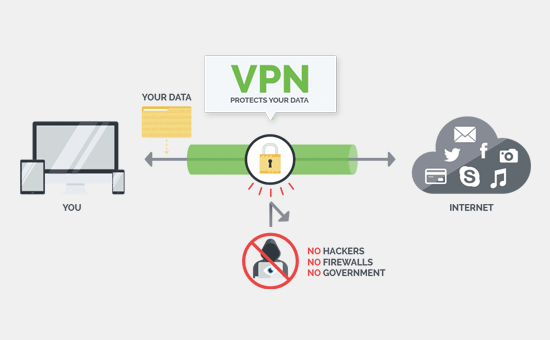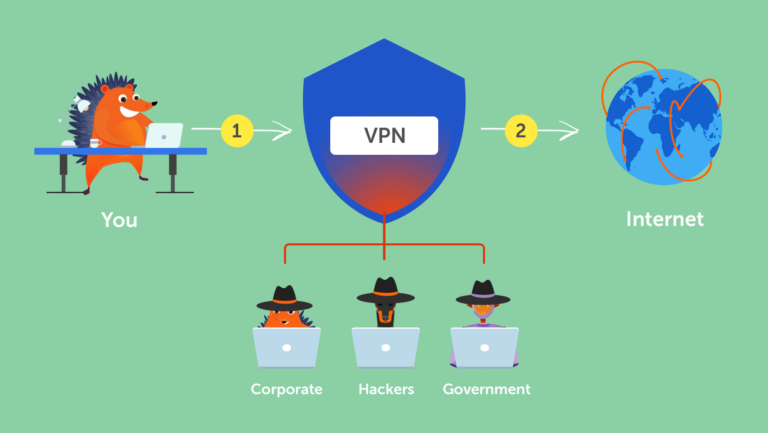Although ISPs may actively throttle bandwidth, there are several known methods to bypass the throttling of a user's bandwidth, if the throttling is focused on a particular protocol:
Login to your Router menu (or change it directly on the device) and change the DNS from automatic to manual:
For IPv4:
8.8.8.8
1.1.1.1
For IPv6:
2001:4860:4860::8888
2606:4700:4700::1111
Use our Free VPN (Virtual Private Network) to bypass ISP blocks and/or speed limitations, or any other third party VPN e.g. Try Cloudflares 1111 Warp App

Bandwidth throttling
Bandwidth throttling is the intentional slowing or speeding of an internet service by an Internet service provider (ISP). It is a reactive measure employed in communication networks to regulate network traffic and minimize bandwidth congestion. Bandwidth throttling can occur at different locations on the network. On a local area network (LAN), a system administrator (“sysadmin”) may employ bandwidth throttling to help limit network congestion and server crashes. On a broader level, the Internet service provider may use bandwidth throttling to help reduce a user’s usage of bandwidth that is supplied to the local network. Bandwidth throttling is also used as a measurement of data rate on Internet speed test websites.
Throttling can be used to actively limit a user’s upload and download rates on programs such as video streaming, BitTorrent protocols and other file sharing applications, as well as even out the usage of the total bandwidth supplied across all users on the network. Bandwidth throttling is also often used in Internet applications, in order to spread a load over a wider network to reduce local network congestion, or over a number of servers to avoid overloading individual ones, and so reduce their risk of the system crashing, and gain additional revenue by giving users an incentive to use more expensive tiered pricing schemes, where bandwidth is not throttled.

